Foam Talent 2014 at East Wing, Dubai
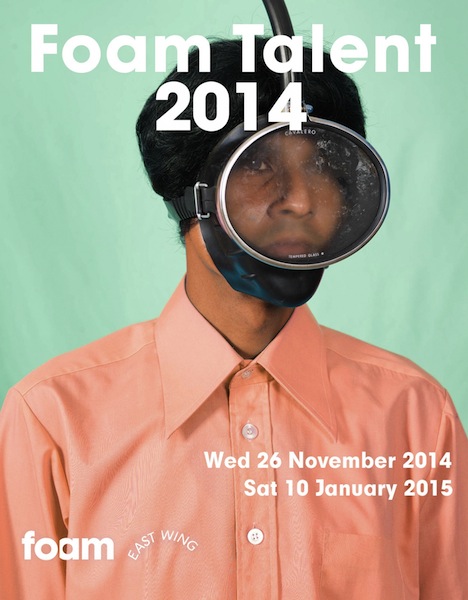
East Wing in Dubai is hosting Foam Talent 2014, in partnership with Foam, the leading international photographic organization based in Amsterdam. The exhibition is on till Saturday, 10th January 2015.
The exhibition showcases a collection of international cutting edge photographic talent to the Gulf Region, selected by Foam from their annual "Talent Call".
Foam’s annual "Talent Call" is one of the international photographic industry’s most prestigious instruments for scouting and presenting young photographers. The "Talent Call" with its accompanying presentation in Foam Magazine and touring exhibition provides a unique career building platform, helping to launch aspiring talents to an important next step in their photographic career.
The Foam Talent label gives these photographers international acclaim and recognition. This year, out of the 1,473 submissions from 71 different countries that were submitted, 21 artists were selected.
The Foam talents for 2014 are:
Christto & Andrew (QA), Charles-Henry Bédué (FR), Andrey Bogush (RUS/FIN), Jonny Briggs (UK), Daniel Everett (US), Lucas Foglia (US), Julien Gremaud (CH), Eva O'Leary and Harry Griffin (US), Jing Huang (CHN), Otto Kaan (NL), Sasha Kurmaz (UA), Catharine Maloney (US), Yoshinori Mizutani (JP), Nerhol (JP), Alice Quaresma (BRA), Émilie Régnier (CAN), Jan Rosseel (BE), Jennifer Niederhauser Schlup (CH), Sarah Ancelle Schönfeld (DE), Lukas Wassmann (CH), Hannah Whitaker (US)
Foam Talent 2014 has already been exhibited in Amsterdam and Paris, so it's wonderful to see it come to Dubai, an opportunity for anyone interested in photography to see new work. It's also great to see this year's edition includes artists from the Gulf region, the Qatar based duo Christto & Andrew.
The following is a small selection of work from Foam Talent 2014 (all text via foam.org which can also be found in the Foam Talent 2014 magazine issue which is worth purchasing). The exhibition is on till Saturday, 10th January, make sure you go visit to see the work in person.
Christto & Andrew
'Underlying the pair's interest in colour, excess and fakery is a strong critique of their adopted home. Simplistically, it highlights the mute tonalities of contemporary Middle Eastern art, which chafes against the pair's own experience of colour in their birth countries. More fundamentally, the pop-propagandistic idiom of their work is both a reproduction of, and analysis of Qatar's optimistic but unequal modernisation drive.'
From Christto Sanz and Andrew Weir, an essay on Christto & Andrew by Sean O'Toole.
Charles-Henry Bédué
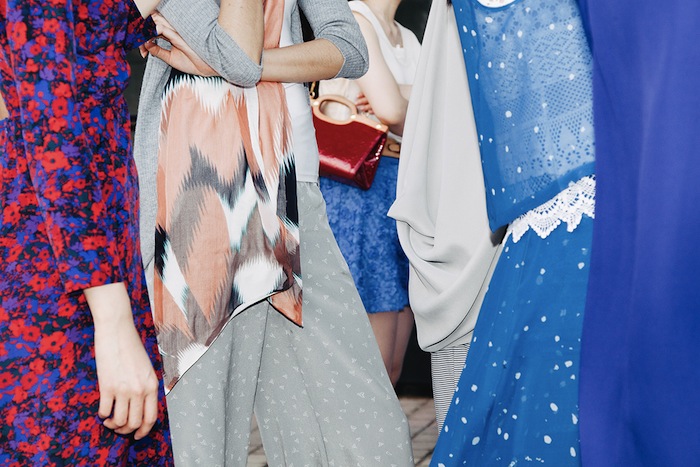
'In his project L'Habit Fait Le Moine, or The Clothes Make The Man, the French photographer Charles-Henry Bédué supplies a unique and highly thought-provoking window into aspects of materialism in Chinese culture. Photographed between 2011 and 2013 in Beijing, Bédué's project ostensibly focuses on objects of consumption such as clothing, shoes, handbags, mobile phones, food and so forth. Perhaps aided by his culturally elevated position as photographer and artist, he is able to enter seemingly exclusive venues for the emerging class of elites where these objects are put on display for others to see.'
From Fashioning the Rise of a New Global Economic Order, an essay on Charles-Henry by Marco Bohr.
Jonny Briggs
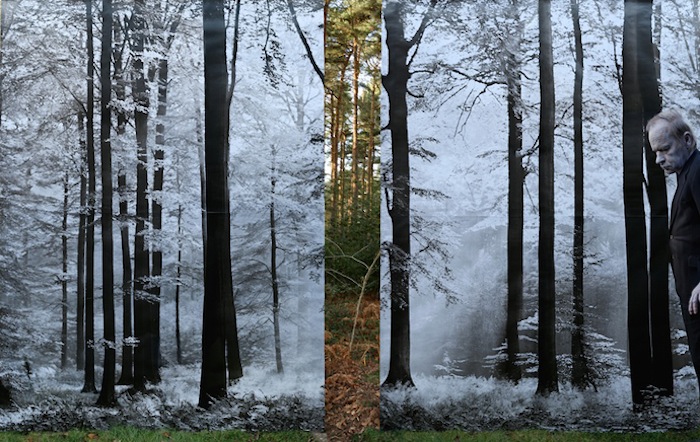
'An encounter with the work of Jonny Briggs is profoundly unsettling. To enter into his artistic world is to inhabit a parallel universe created by the lovechild of David Lynch and Ralph Eugene Meatyard. The spirit of enquiry that propels this work, coupled with its formal beauty, symmetry, and strict application of colour, seduce the viewer into a prolonged act of looking.'
From Meeting Myself Coming Back, an essay on Jonny by Max Houghton.
Andrey Bogush
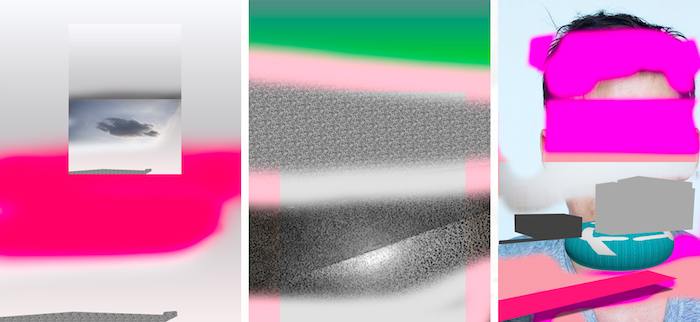
'When Andrey Bogush began studying psychology, he also started making photographs. His first pictures, made for his friends and family, took natural subjects and were printed as straight images. 'I was making landscapes. Cheesy sunsets and blah blah blah,' he explained dismissively to me over a shoddy skype connection. I wanted to know why such fine pictures weren't good enough, why he feels the need to alter them. Bogush says quite casually of his current practice, 'I should like the original image. I should like it somehow. But the next stage is either destroying it or doing something with it.''
From A Loving Destruction, an essay on Andrey by Matthew Leifheit.
Julien Gremaud

'Once blown up to large-scale photographic prints, these double images become haunting monuments to a paradoxical world where the very notion of an objective media comes into question. Gremaud purposefully presents double images that create a contradiction from within: an idyllic holiday scene mixed together with a destroyed cityscape, or an image of mourners overlooking a mass grave juxtaposed with a photograph of a hectic media scrum.'
From Representing the Death of Neoliberalism, an essay on Julien by Marco Bohr.
Jing Huang
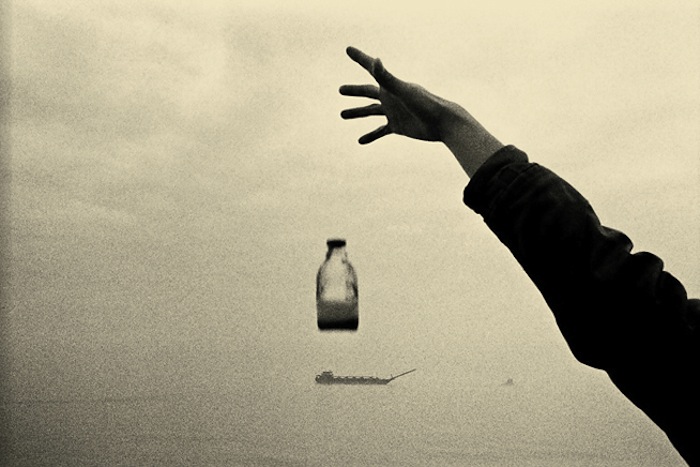
'The scenes and people in Jing Huang's photographs are quite familiar: a group of trees, an outstretched hand dropping a bottle, two boats at sea, and a cat lounging on a step. Nothing flashy or obviously exotic grabs the viewer's attention. Yet within these mundane vignettes is an undercurrent of mystery. Is it the open expanse of warm light that wraps the trees in fog, or the sense that the bottle being dropped will land on a boat seen in the distance? Hard to say, yet there is always something there - something that fuels a desire to explore beyond the image surface.'
From Visual Poetry, an essay on Jing by Russet Lederman.
Sasha Kurmaz
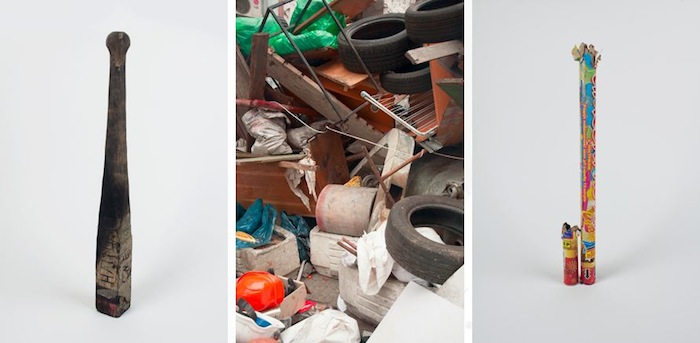
'The recent anti-government protests in Ukraine that began in November 2013 as a response to the rejection of a trade agreement with the EU and the strengthening political influence of Putin's Russia brought protestors in their hundreds of thousands into Independence Square in Kiev. The protesters who occupied the square, the Maidan, became the targets of brutal violence; the surrounding pale stone buildings were blackened by fire. Ukrainian artist Sasha Kurmaz witnessed this profoundly shocking chapter in his country's tumultuous history. His necessary artistic response was spontaneous: art as resistance; art as freedom.'
From Space of Possibilities, an essay on Sasha by Max Houghton.
Yoshinori Mizutani
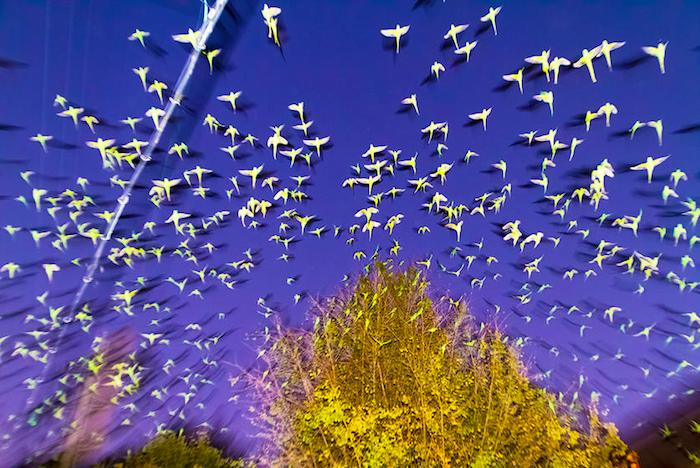
'The Tokyo Parrots are obvious in some ways. We would conceivably notice them ourselves were we to wander the particular streets of Tokyo they live near. But for sure we would not see them the way Yoshinori Mizutani makes us see and experience them. The photographer elevates what must be a strange spectacle in person, to bring us a different, equally strange, and compelling beautiful spectacle in the form of photographs.'
From Tokyo Parrots, an essay on Yoshinori by Jörg Colberg.
Nerhol
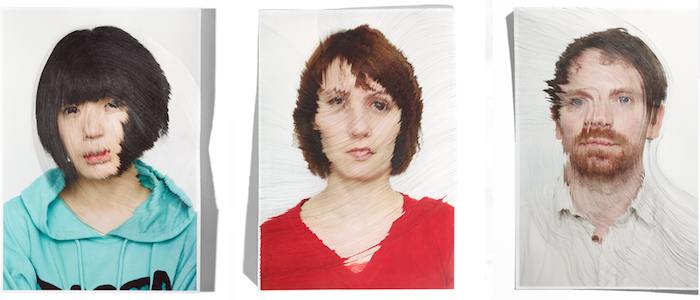
'Through a process of discovery that combines the layering of multiple images with the reductive act of carving, Nerhol enlivens the flat and motionless planes of a photograph to reveal the connected fleeting movements that are the spirit of a living organism. Simply put, Nerhol expands our collective understanding of time through works that address the once-alive, now-dead side effect that is a residue of photography's fundamental nature.'
From Time Rediscovered, an essay on Nerhol by Russet Lederman.
Émilie Régnier
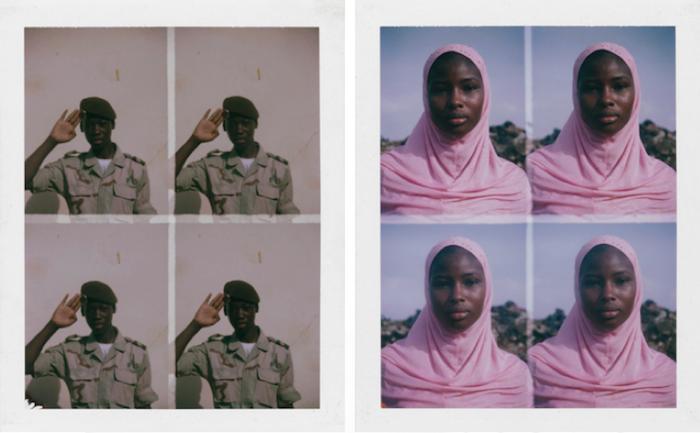
'I am really driven by the idea of showing a West African society that is growing,' says Régnier. That means ignoring the easy and the rote: pictures of elites quaffing champagne, or images cataloguing the atrocities of war. Witnessing with a camera takes many forms. For Régnier, photographic truth is located in the bodily presence of young West Africans proudly negotiating their future, a diverse future of many possibilities.'
From Diverse Future, an essay on Émilie by Sean O'Toole.
Sarah Ancelle Schönfeld
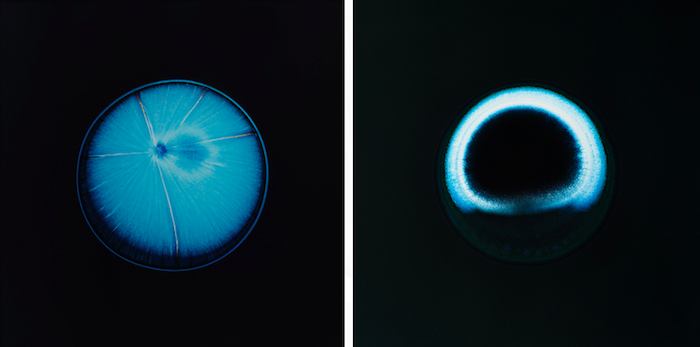
'For All you can feel, Schönfeld transformed her studio into an alchemist's laboratory in which she combined the chemical components of photography and drugs to create a new amalgam. On the monochrome surfaces of developed negatives, she dripped liquid drugs from a pipette. According to its chemical composition, each created the most fantastic shapes.'
From Altered States, an essay on Sarah by Kim Knoppers.
Hannah Whitaker
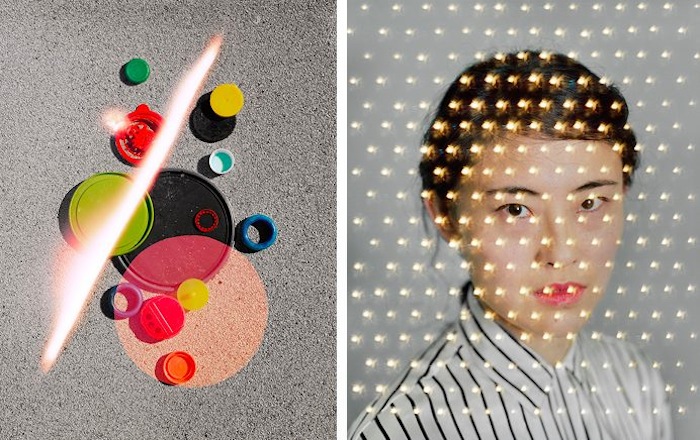
'The structure of a photograph is often inaudible, muffled by the image it depicts. Hannah Whitaker amplifies this edifice, often working within strict, self-imposed structures derived from systems such as music and mathematics; the resulting work purposefully undermines its own logic by embracing chance and human error. Her light-based, in-camera work puts the material flatness of the photograph at odds with the dimensionality of her underlying, figurative photographic representations.'
From Open Systems, an essay on Hannah by Liz Sales.
Event details
Date: On till Saturday, 10th January 2015 (Saturday - Thursday 10:00am – 3:00pm and 5:00- 8:00 pm)
Venue: East Wing, Limestone House, Dubai International Financial Centre (location map)
Free entry.

